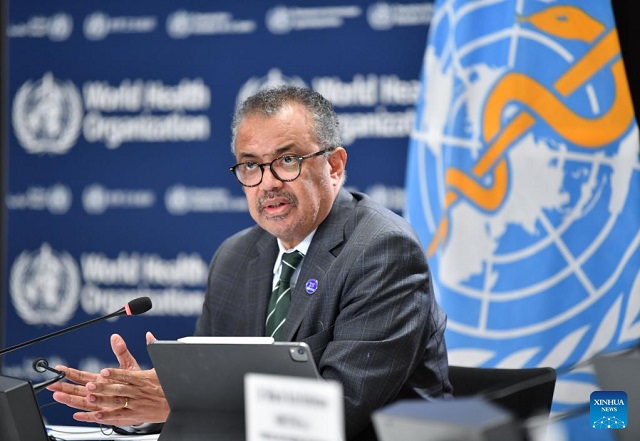
Geneva, Switzerland | THE INDEPENDENT | The World Health Organization (WHO) has published its first-ever report on drowning prevention, revealing a 38% drop in the global drowning death rate since 2000. However, the report notes that drowning remains a major public health issue with more than 30 people estimated to be drowning every hour and 300 000 people dying by drowning in 2021 alone.
Almost half of all drowning deaths occur among people below the age of 29 years, and a quarter occur among children under the age of 5 years. Children without adult supervision are at an especially high risk of drowning.
“The significant decline in drowning deaths since 2000 is great news and proof that the simple, practical interventions that WHO recommends work,” said Dr Tedros Adhanom Ghebreyesus, WHO Director-General.
“Still, every drowning death is one death too many, and millions of people remain at risk. This report contains crucial data for policy-making and recommendations for urgent action to save lives.”Progress in reducing drowning has been uneven.
At the global level, 9 in 10 drowning deaths take place in low- and middle-income countries. The WHO European Region saw a 68% drop in the drowning death rate between 2000 and 2021, yet the rate fell by just 3% in the WHO African Region, which has the highest rate of any region with 5.6 deaths per 100,000 people.
This may be influenced by the levels of national commitments to address the issue: within the African Region, only 15% of countries had a national strategy or plan for drowning prevention, compared to 45% of countries in the European Region. “Drowning continues to be a major public health issue, but progress is possible, particularly if governments work with strong partners at the local level,” said Michael R. Bloomberg, founder of Bloomberg L.P. and Bloomberg Philanthropies, WHO Global Ambassador for Noncommunicable Diseases and Injuries, and 108th mayor of New York City. “For more than a decade, Bloomberg Philanthropies has supported governments and local organizations that are leading effective drowning prevention efforts. This new report shows what more countries can do to help save thousands of lives every year.”
More than 7.2 million people, mainly children, could die by drowning by the year 2050 if current trends continue, the WHO warns that drowning deaths could be prevented by implementing interventions that include installation of barriers to prevent child access to water; provision of safe places away from water for pre-school children, teaching school-aged children basic swimming water safety and safe rescue skills in addition to training people in rescue and resuscitation.
The organisation also urges countries to set and enforce safe boating, shipping and ferry regulations and improve flood risk management. The report found WHO’s evidence-based drowning prevention interventions are being implemented to varying degrees whereby 73% of countries have search and rescue services, and a further 73% implement community-based flood risk mitigation programmes. However, only 33% of countries offer national programmes to train bystanders in safe rescue and resuscitation, and just 22% integrate swimming and water safety training into their school curricula.
Accurate data is critical to inform prevention strategies, yet only 65% of countries report collecting drowning data through civil registration and vital statistics systems. Quality data is further required to compellingly raise awareness on the issue and mobilize governments and communities to take action.
The report identifies strengths and shortfalls in policy and legislation with 81% of countries having laws on passenger safety for travelling by boat. But, just 44% of these laws require regular safety inspections of the boats, and only 66% of countries mandate lifejacket use for recreational boating and transport on water.
Of concern, however, 86% of countries lack laws for fencing around swimming pools, which is key to preventing child drowning in certain settings.
*****
URN
 The Independent Uganda: You get the Truth we Pay the Price
The Independent Uganda: You get the Truth we Pay the Price



